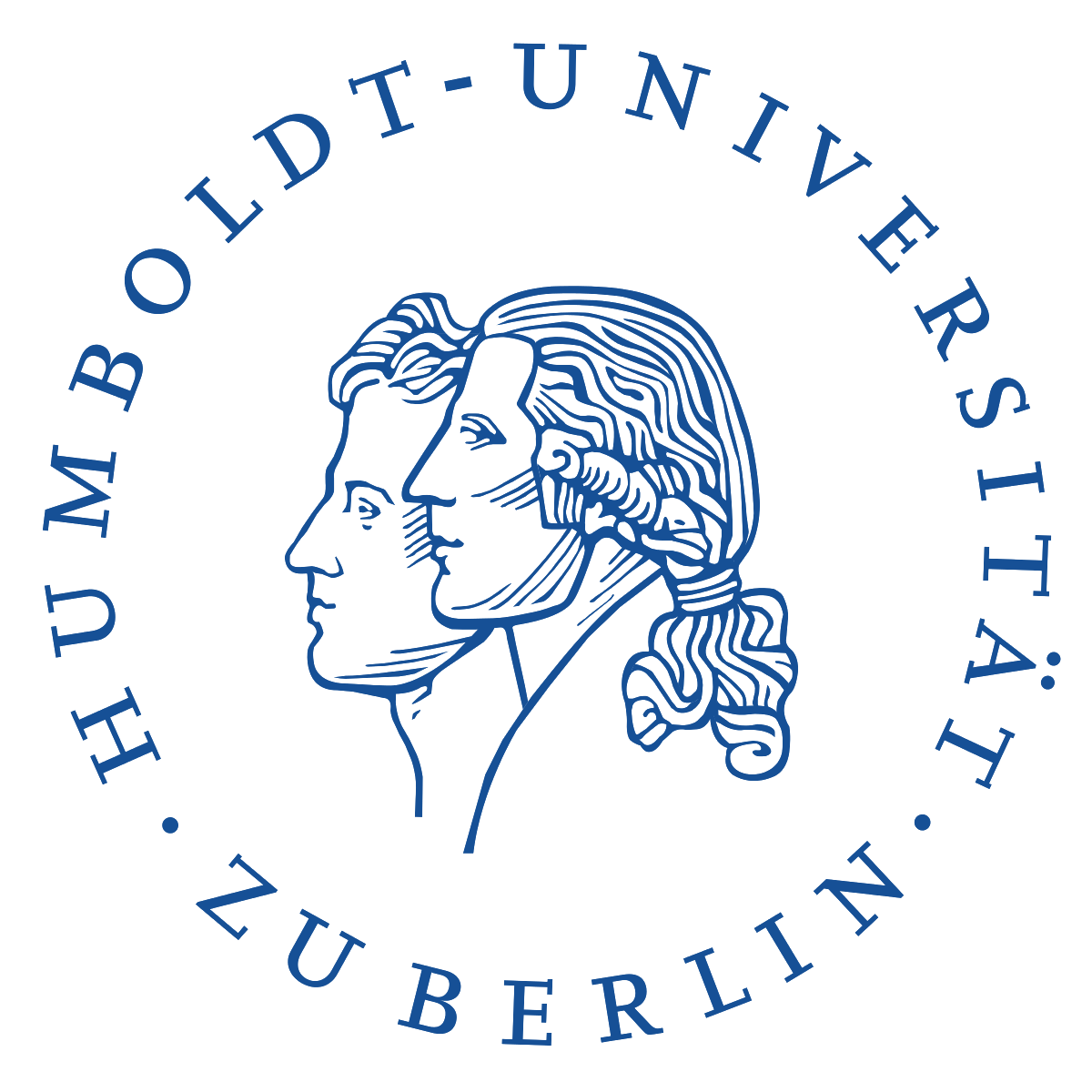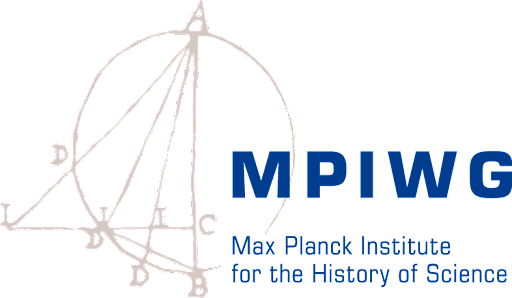People
Rudolph Koenig
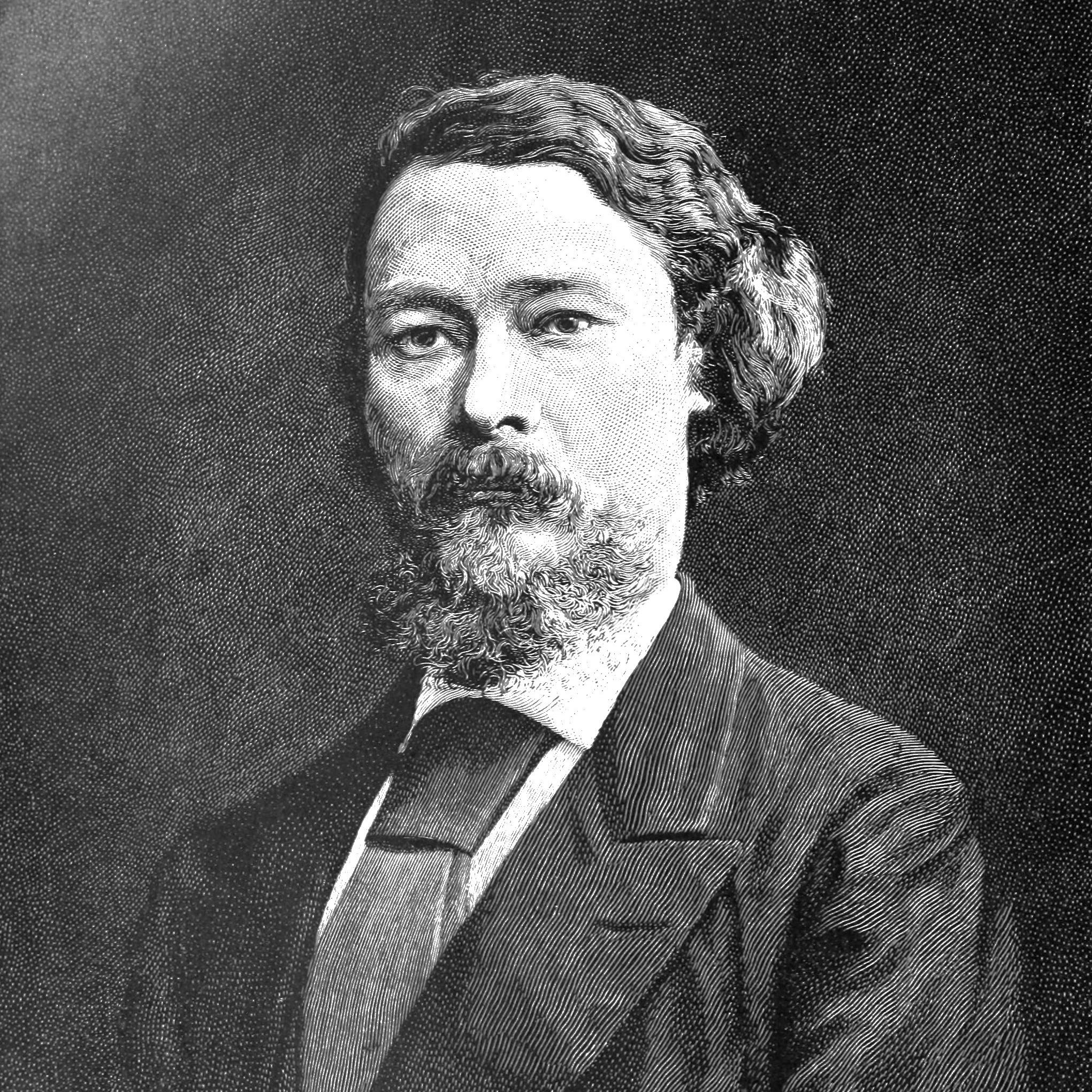
Objects in the Database
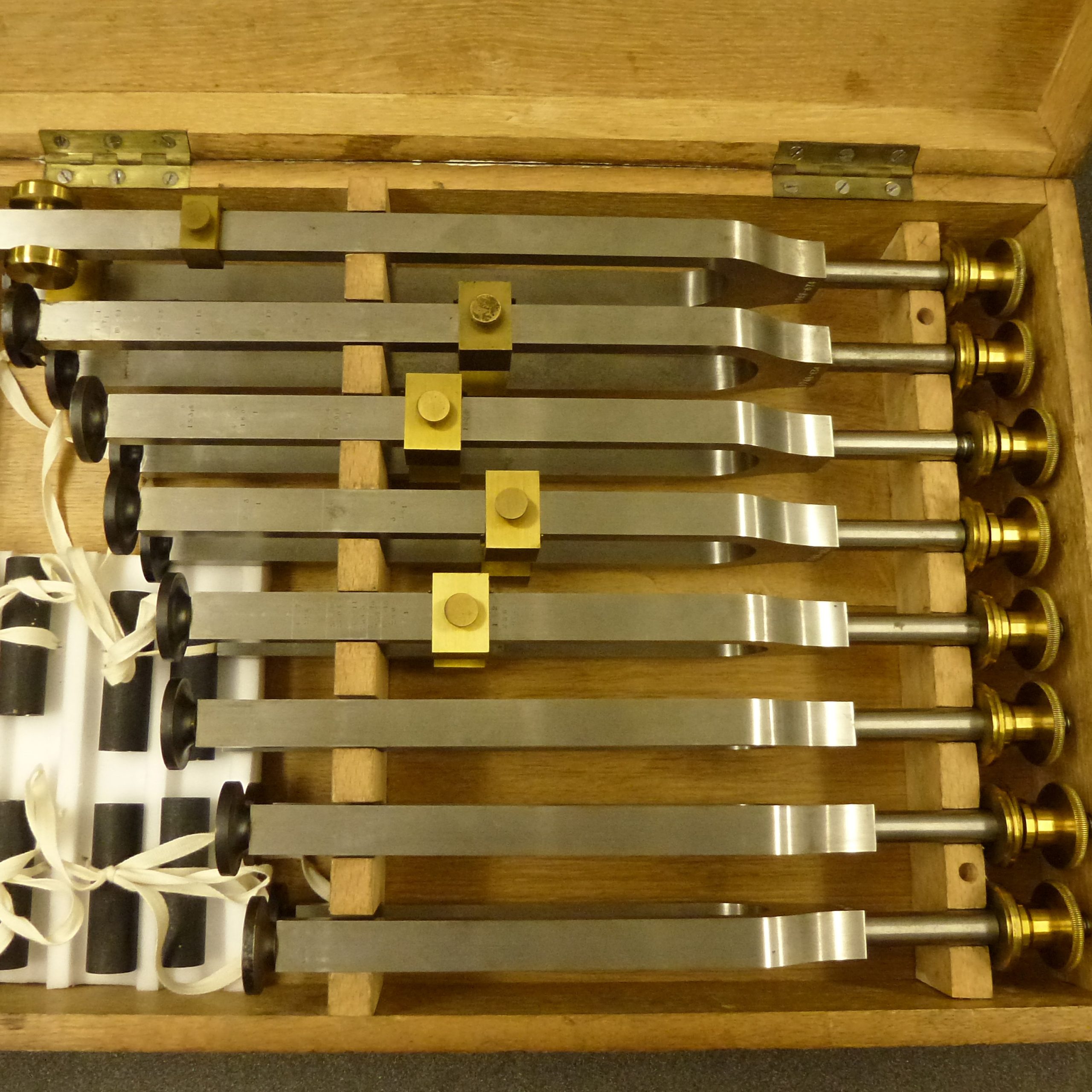
Eight tuning forks made by
Dr. Rudolph KoenigSeries
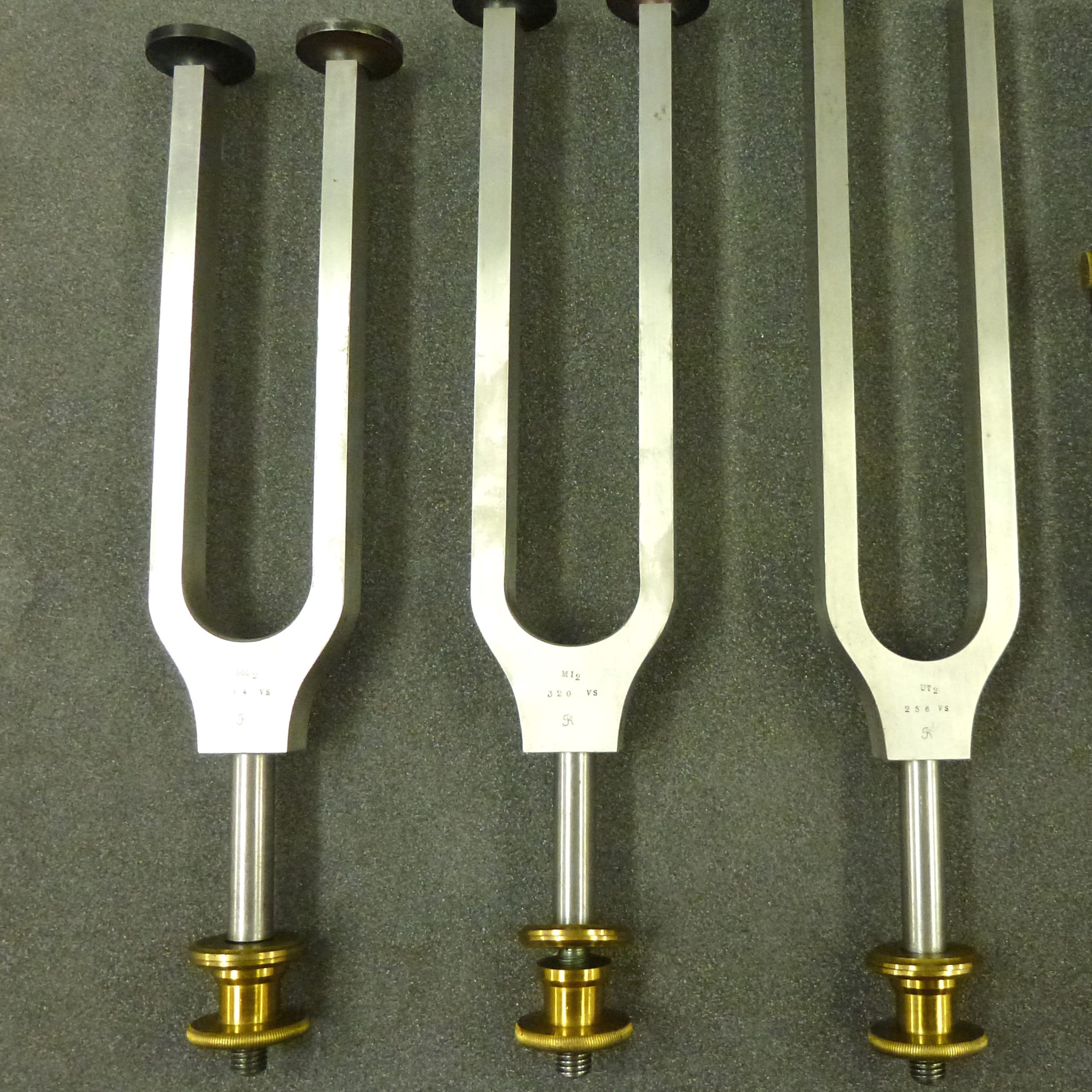
Tuning fork by Dr. R. Koenig: SOL₂ Artefacts
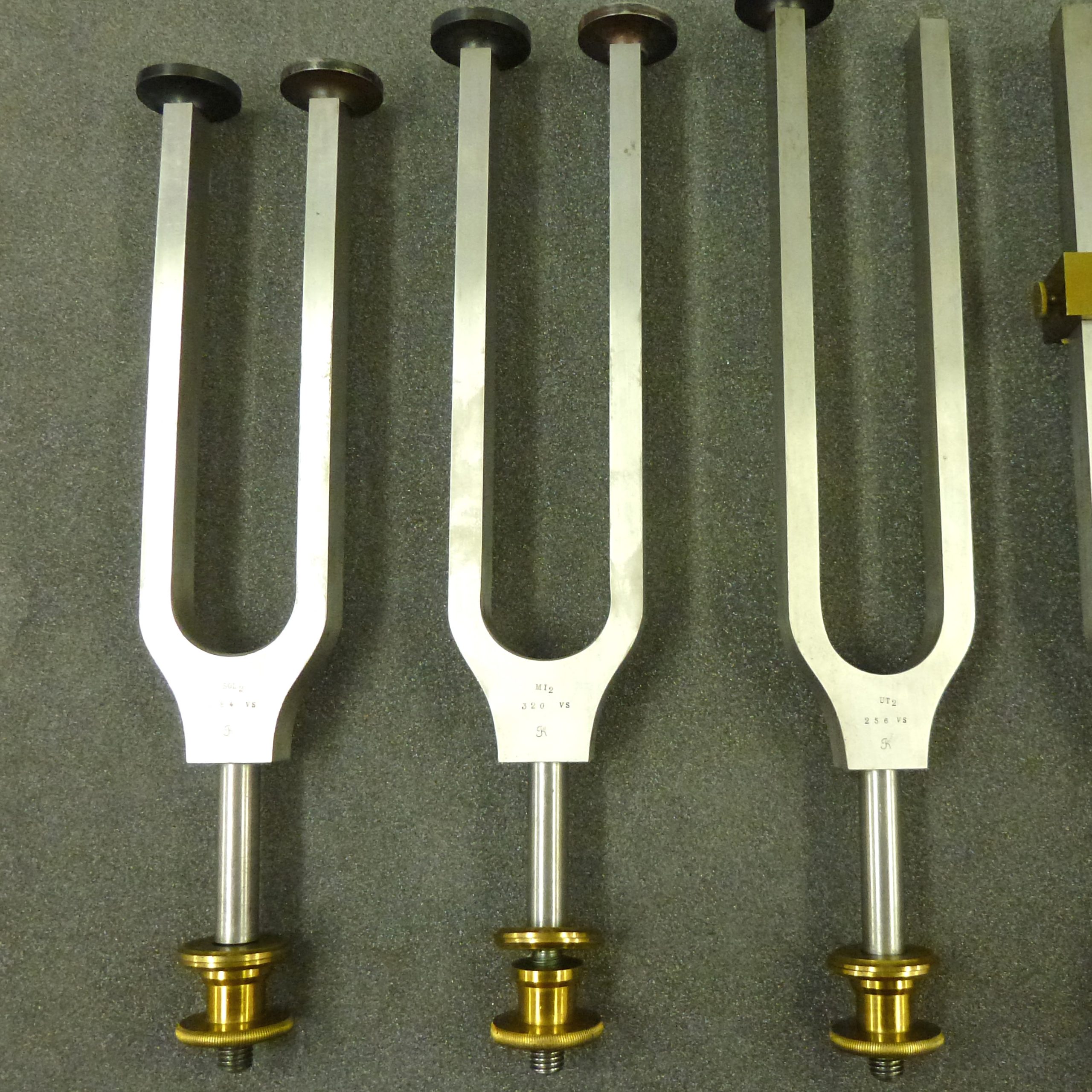
Tuning fork by Dr. R. Koenig: MI₂ Artefacts
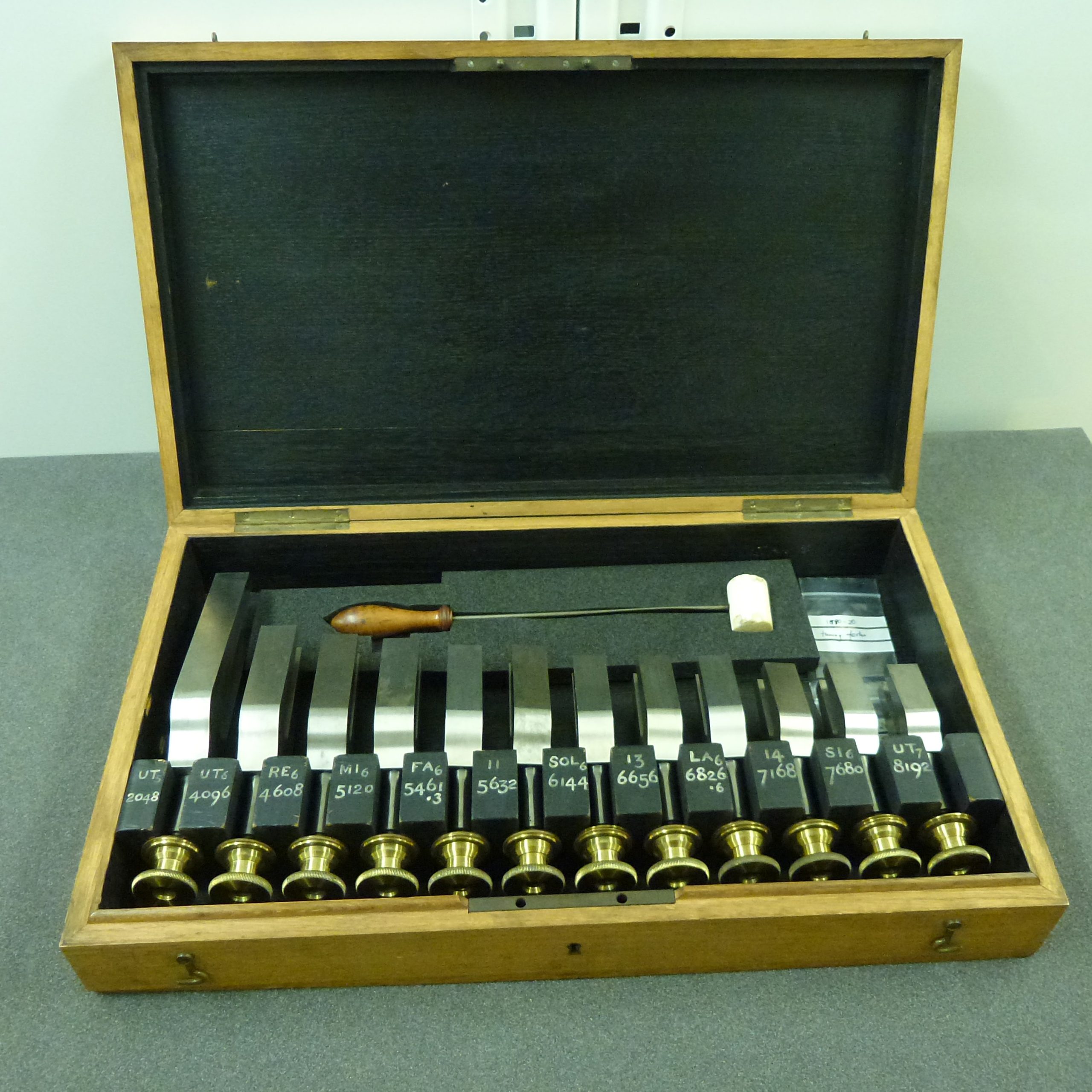
Twelve tuning forks, with ivory hammer, made by Dr. R. Koenig Series
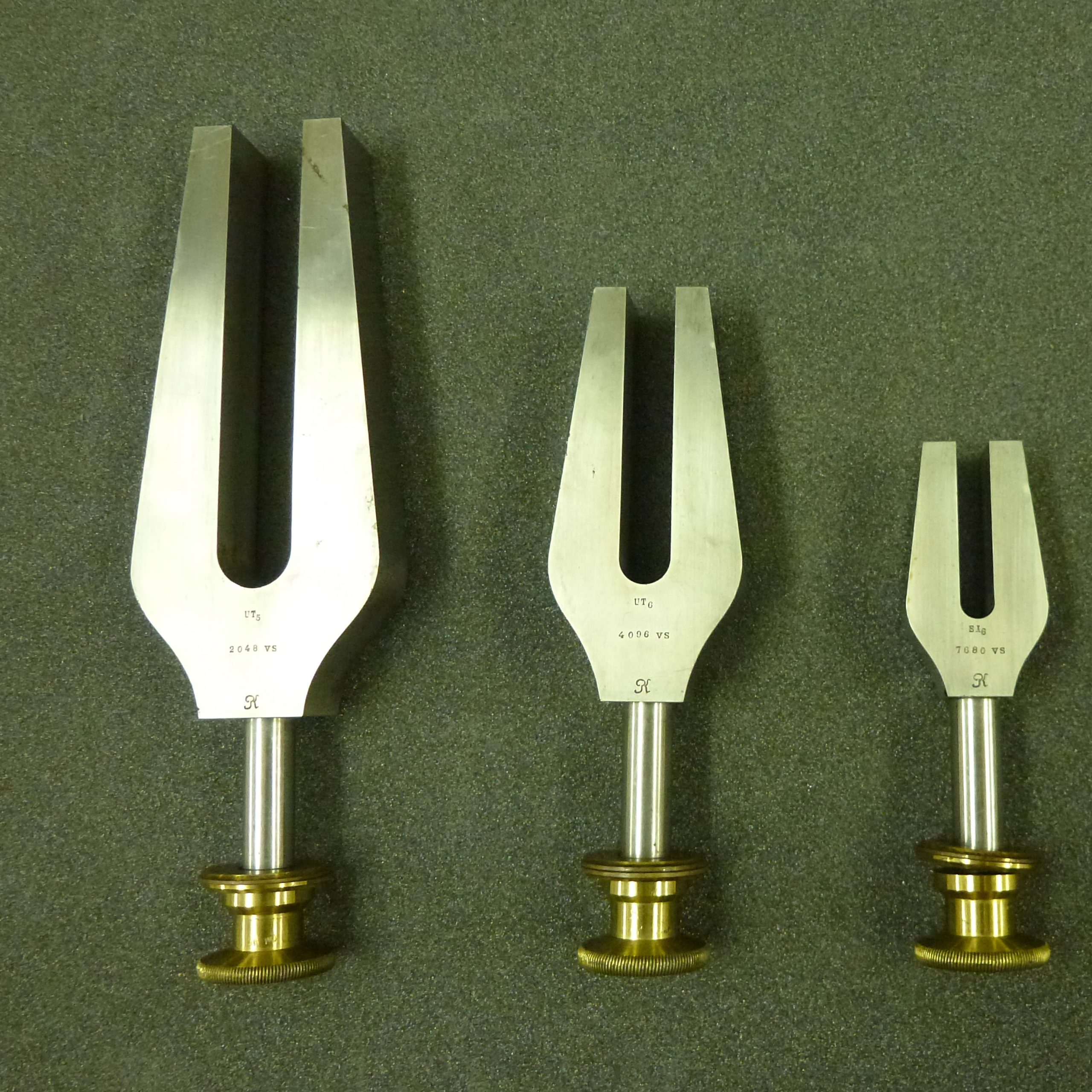
Tuning fork by Dr. R. Koenig: UT₅ Artefacts
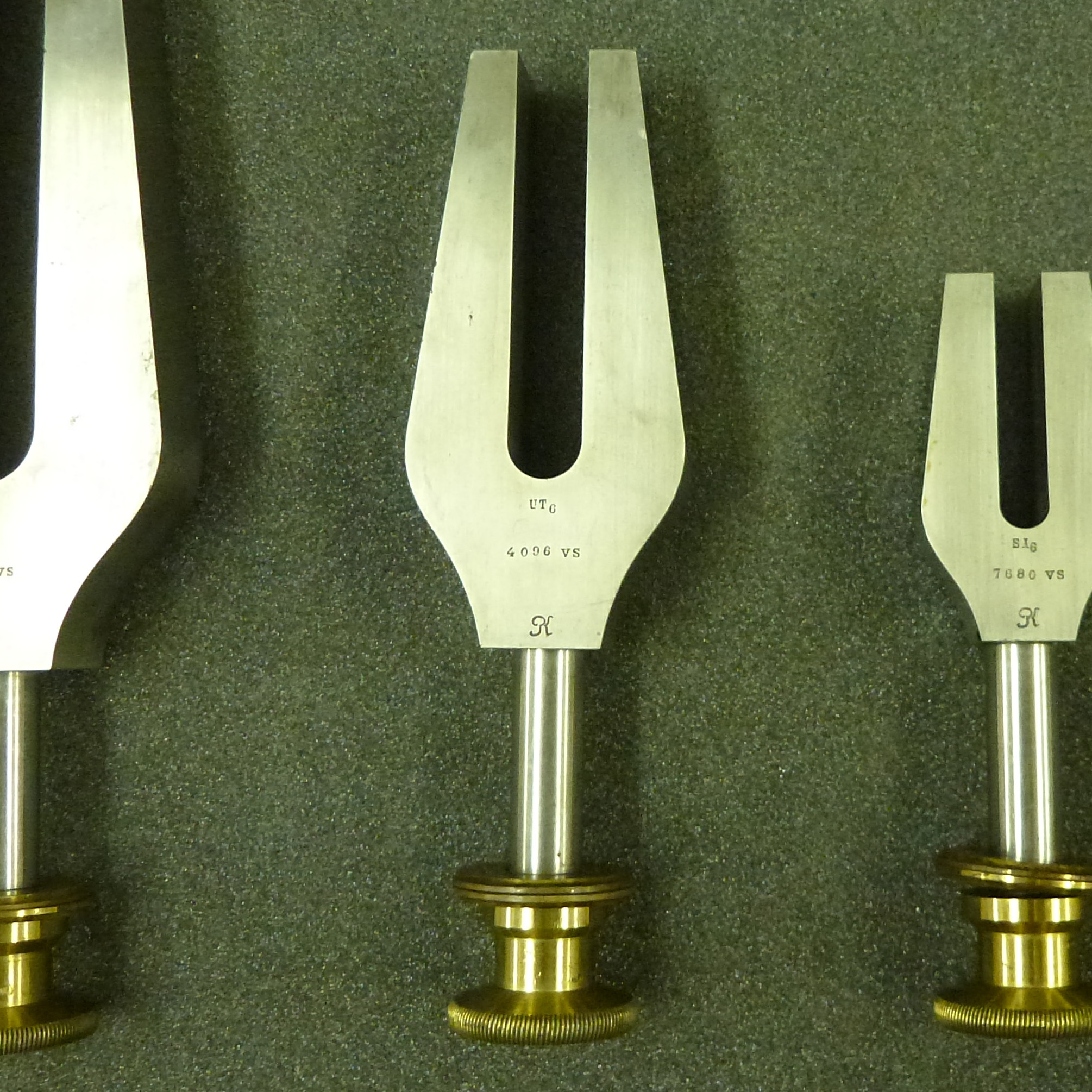
Tuning fork by Dr. R. Koenig: UT₆ Artefacts
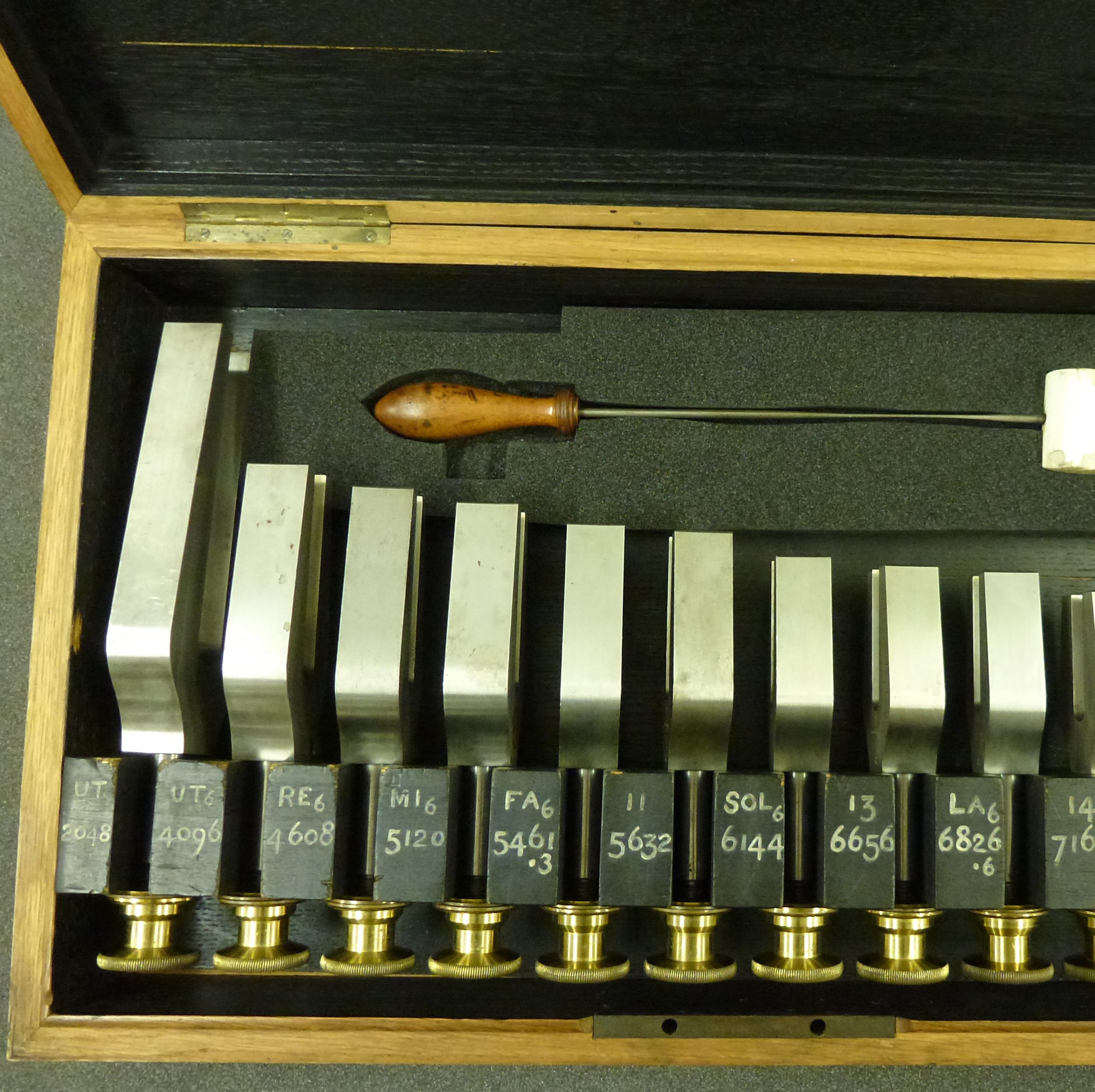
Tuning fork by Dr. R. Koenig: RE₆ Artefacts
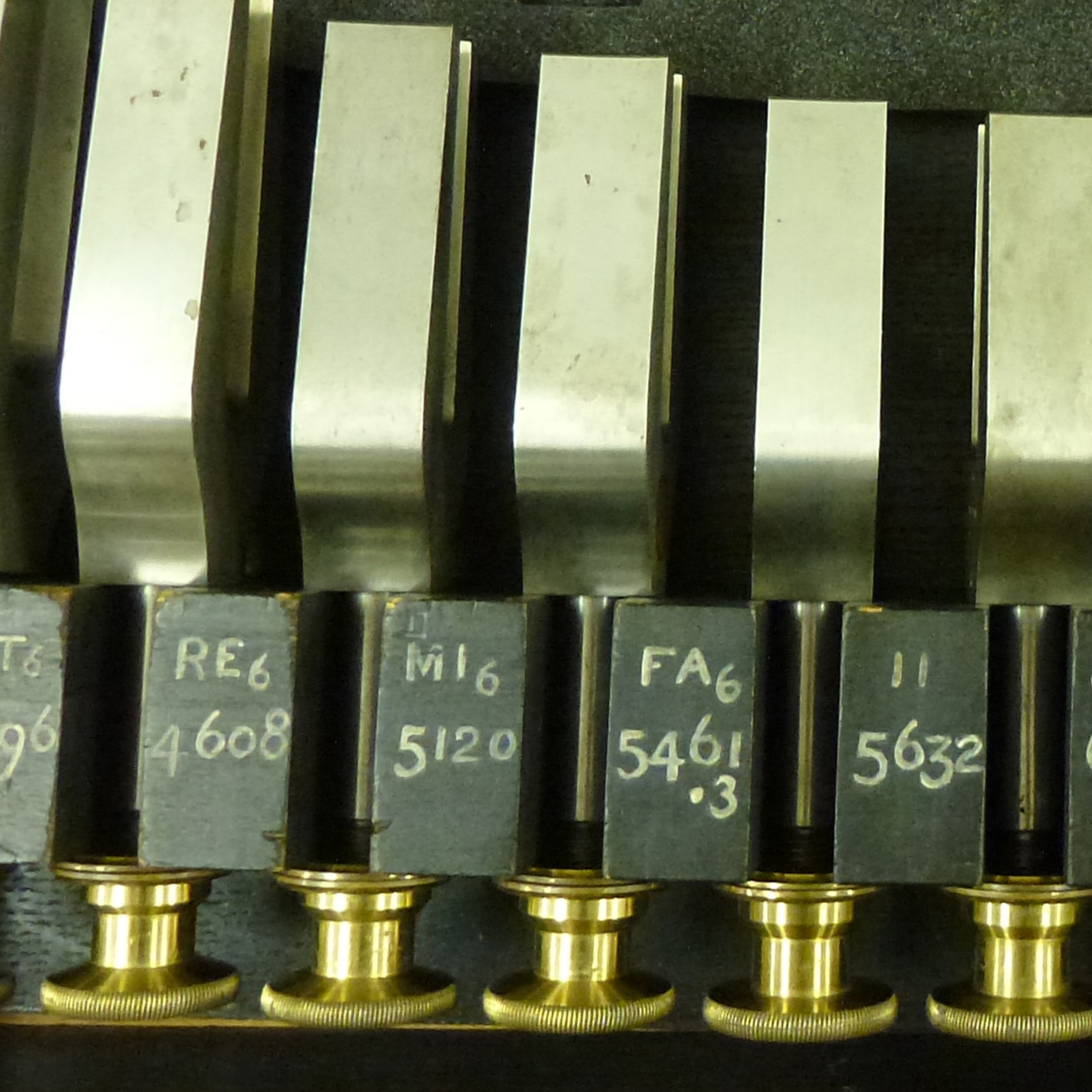
Tuning fork by Dr. R. Koenig: MI₆ Artefacts
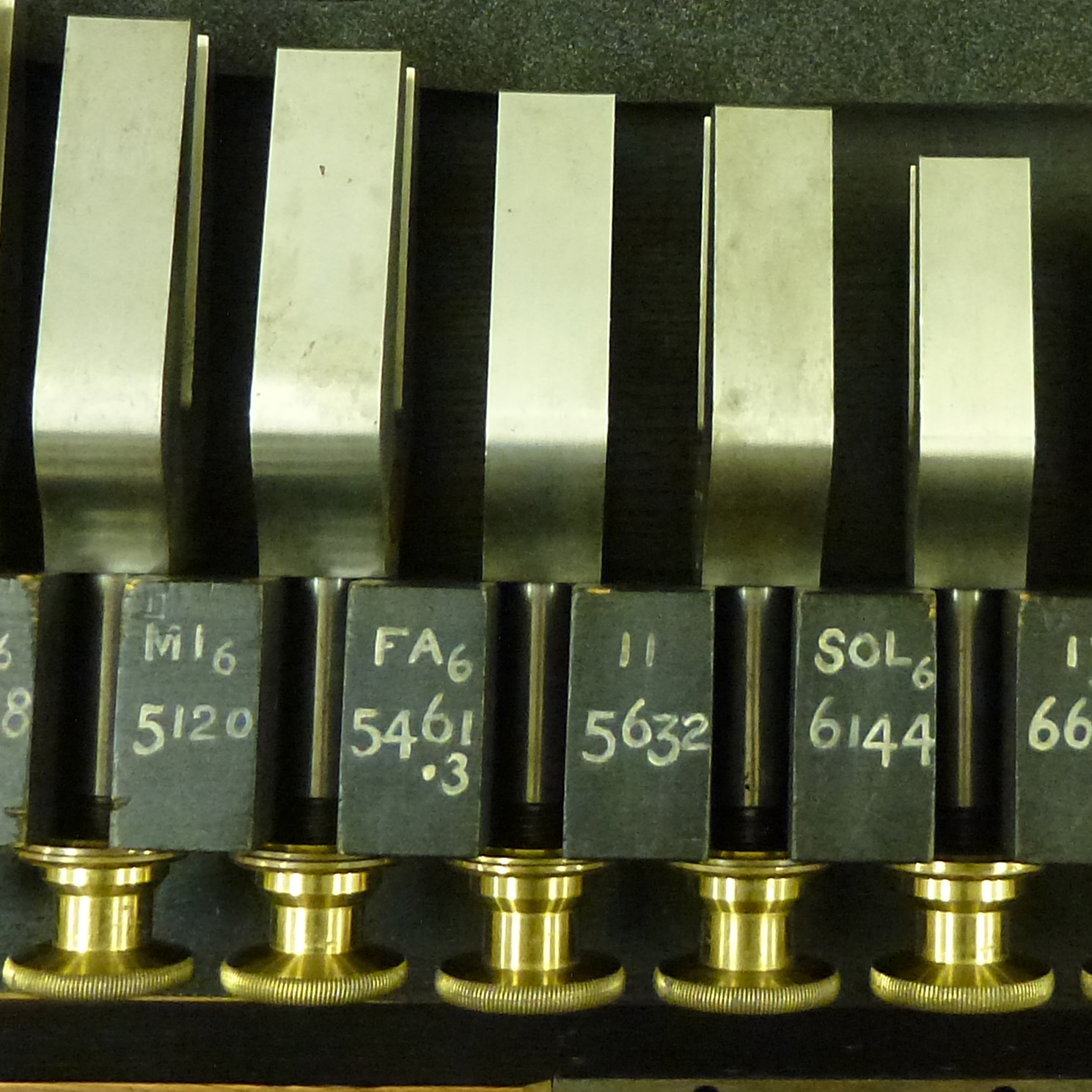
Tuning fork by Dr. R. Koenig: FA₆ Artefacts
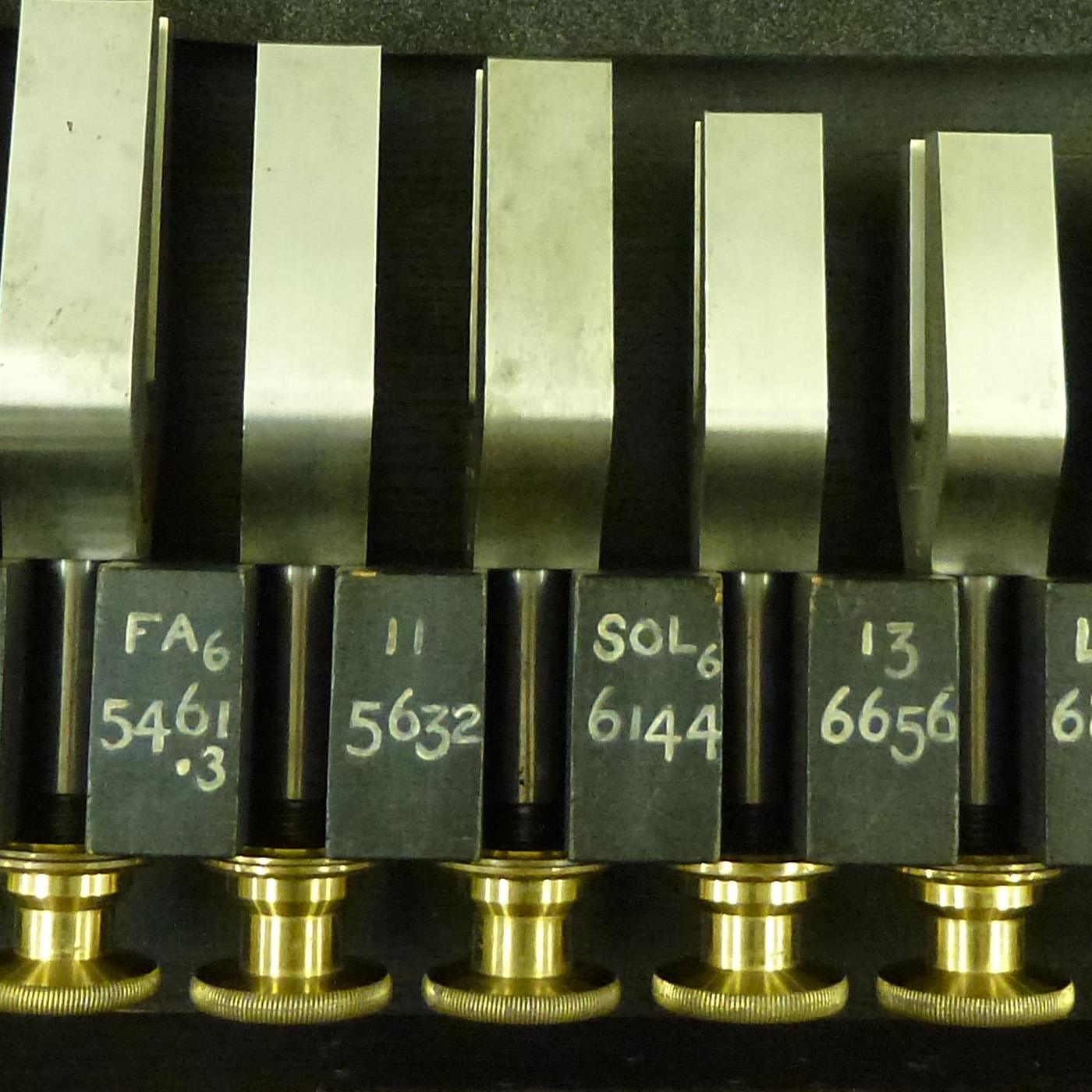
Tuning fork by Dr. R. Koenig: 11 Artefacts
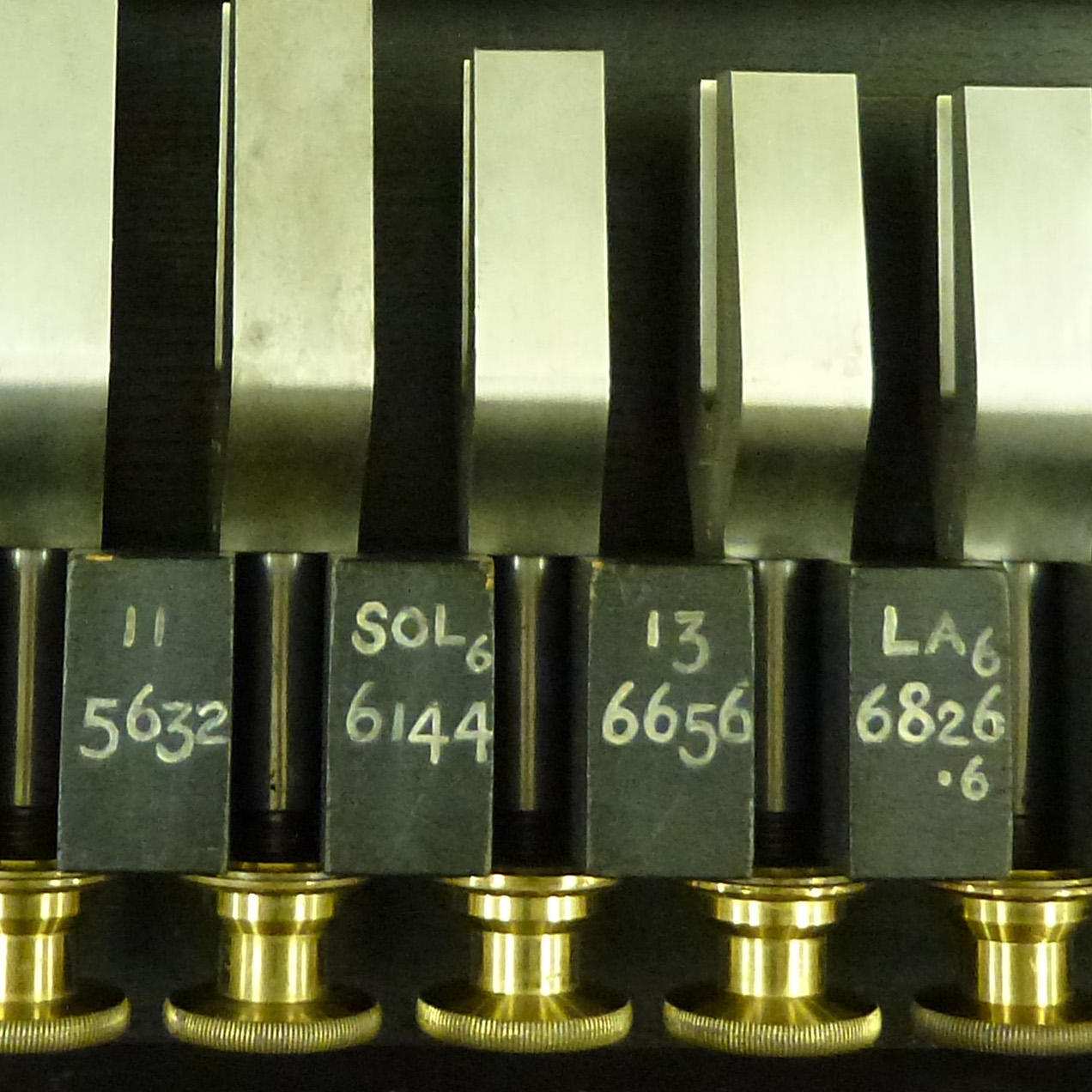
Tuning fork by Dr. R. Koenig: SOL₆ Artefacts
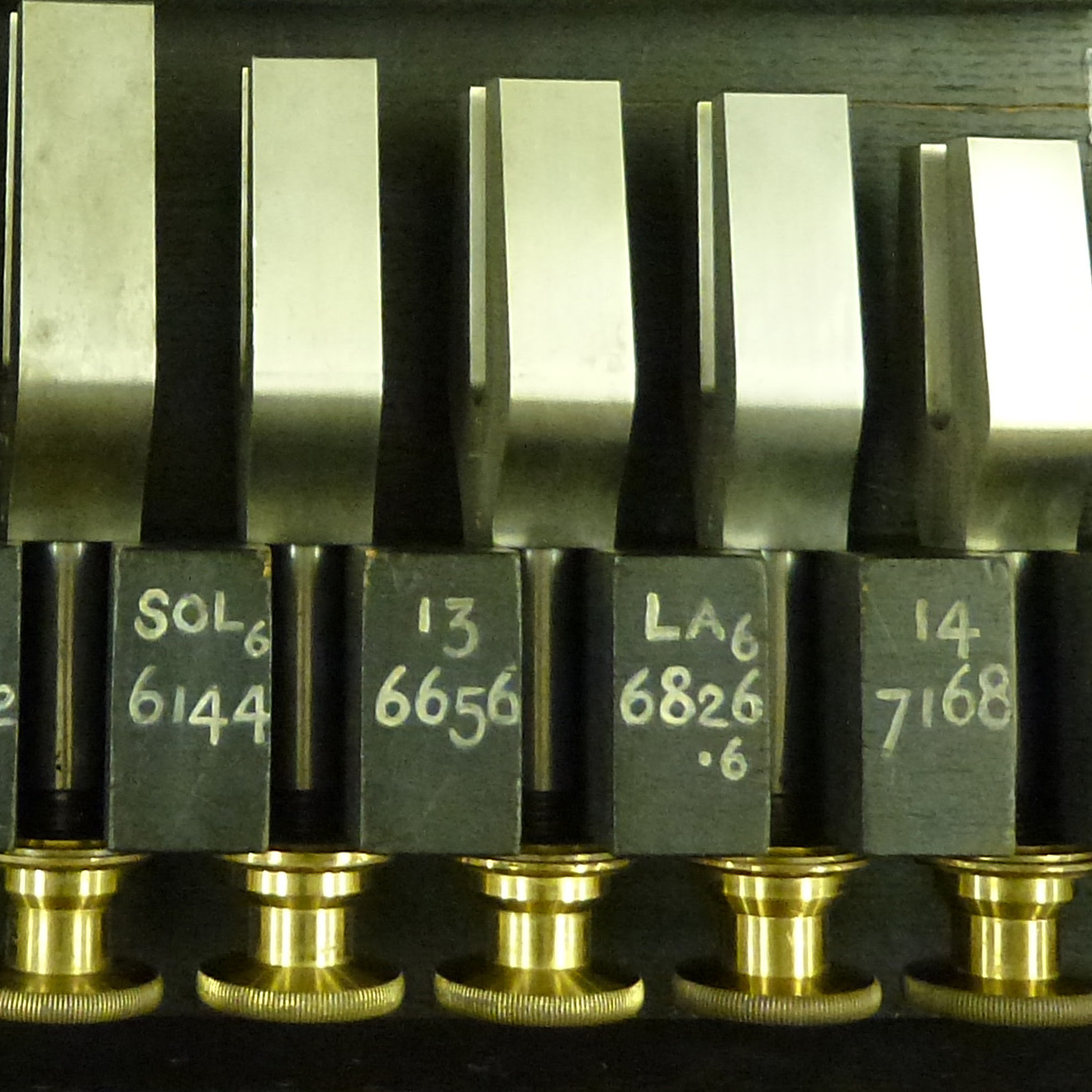
Tuning fork by Dr. R. Koenig: 13 Artefacts
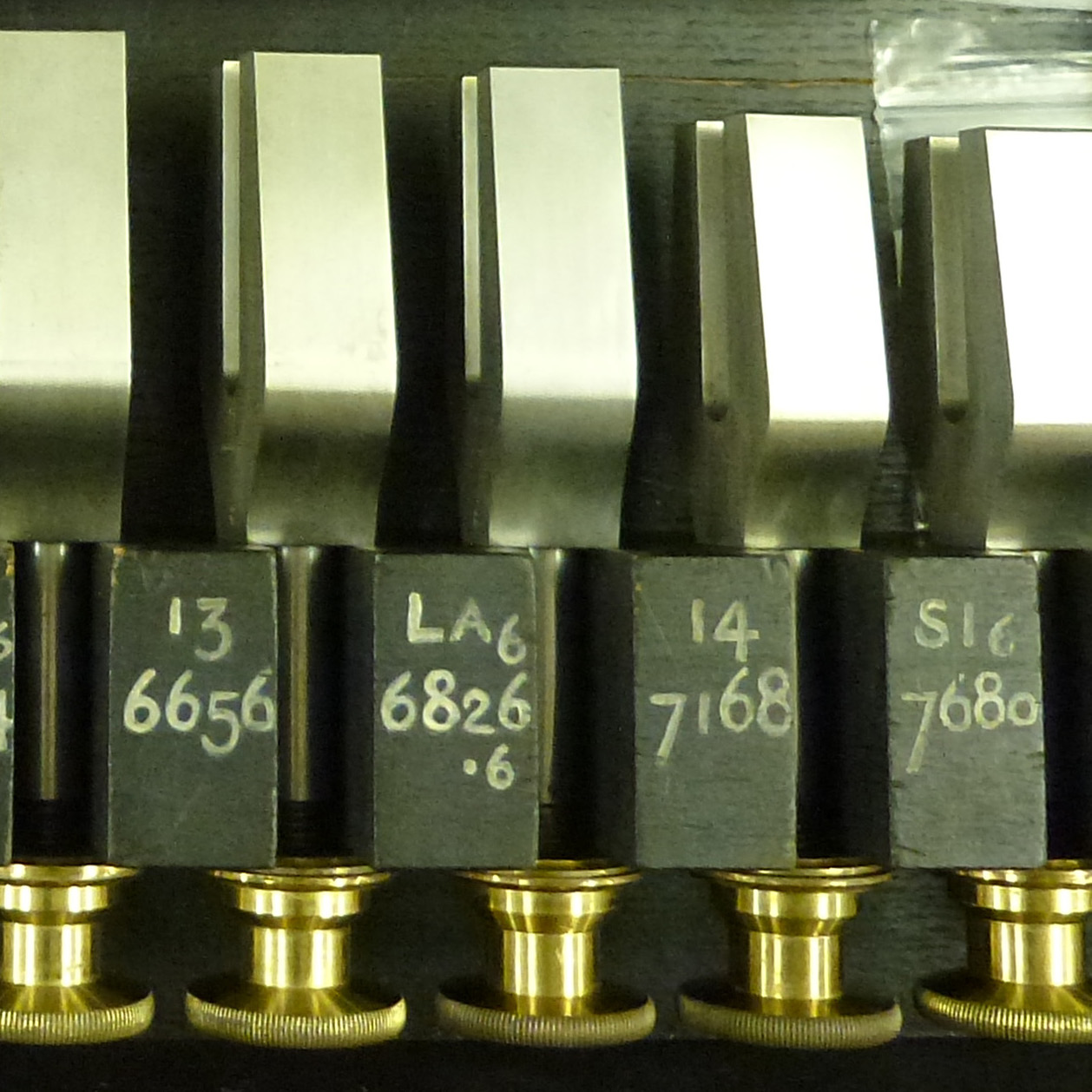
Tuning fork by Dr. R. Koenig: LA₆ Artefacts
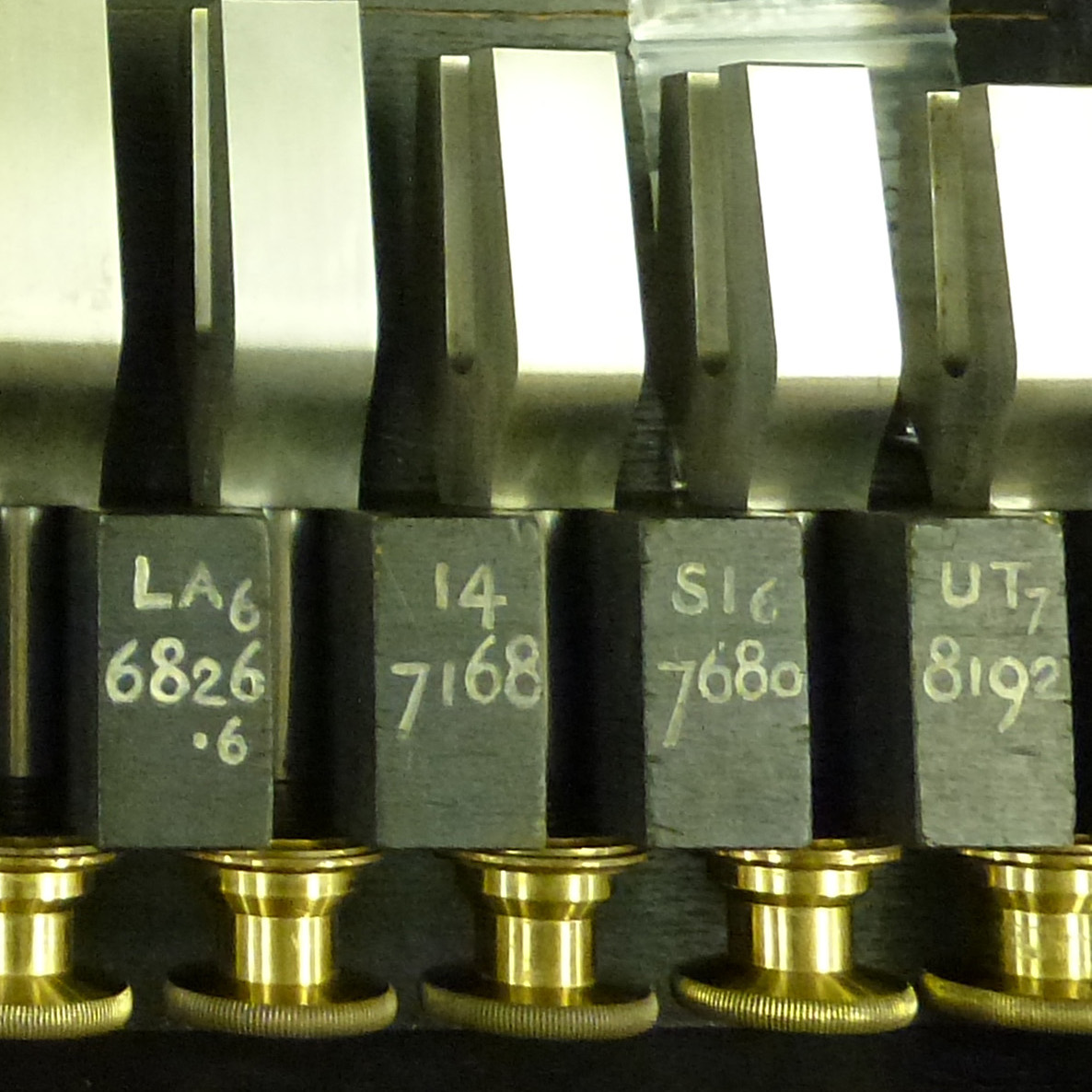
Tuning fork by Dr. R. Koenig: 14 Artefacts
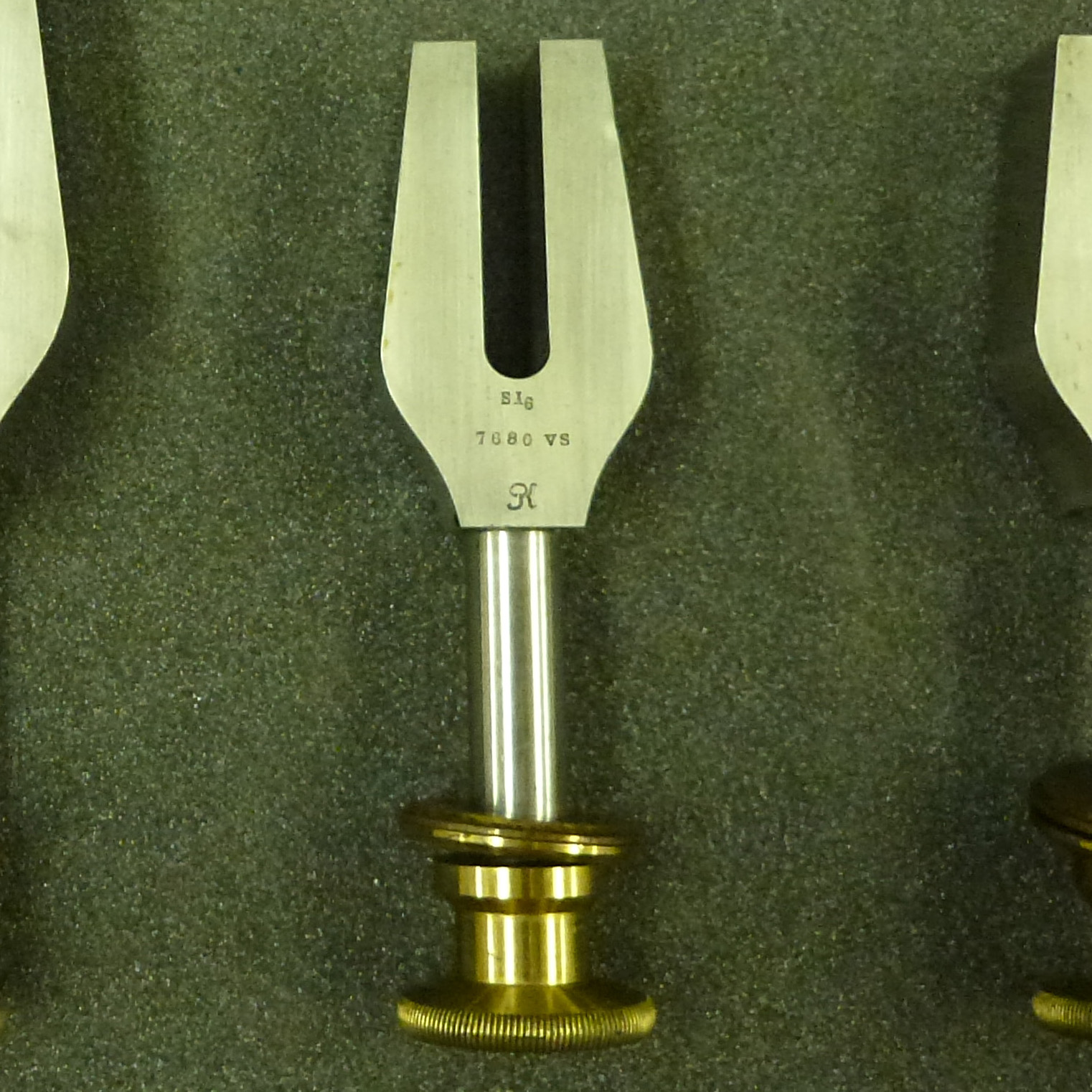
Tuning fork by Dr. R. Koenig: SI₆ Artefacts
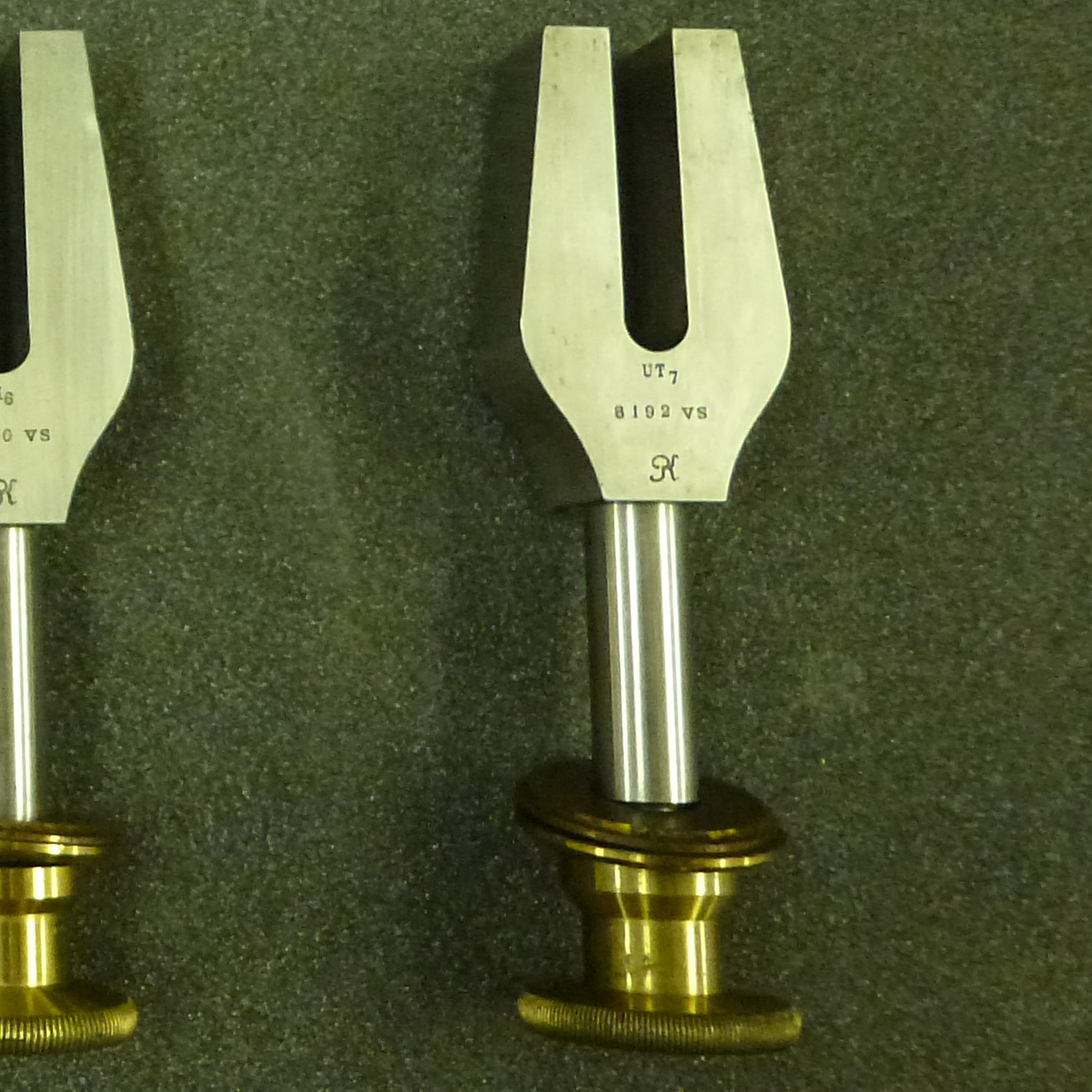
Tuning fork by Dr. R. Koenig: UT₇ Artefacts
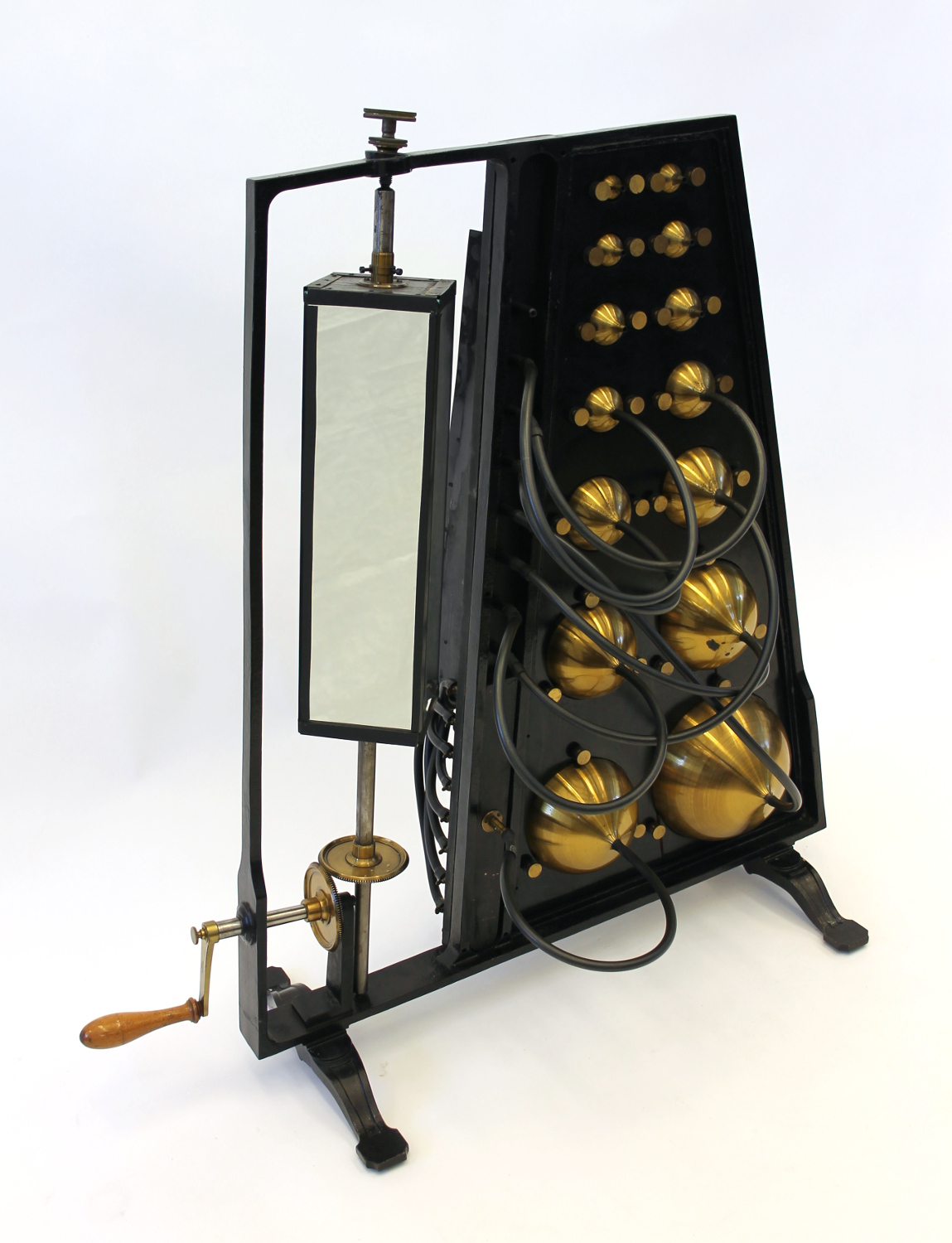
Koenig Analyser Artefacts
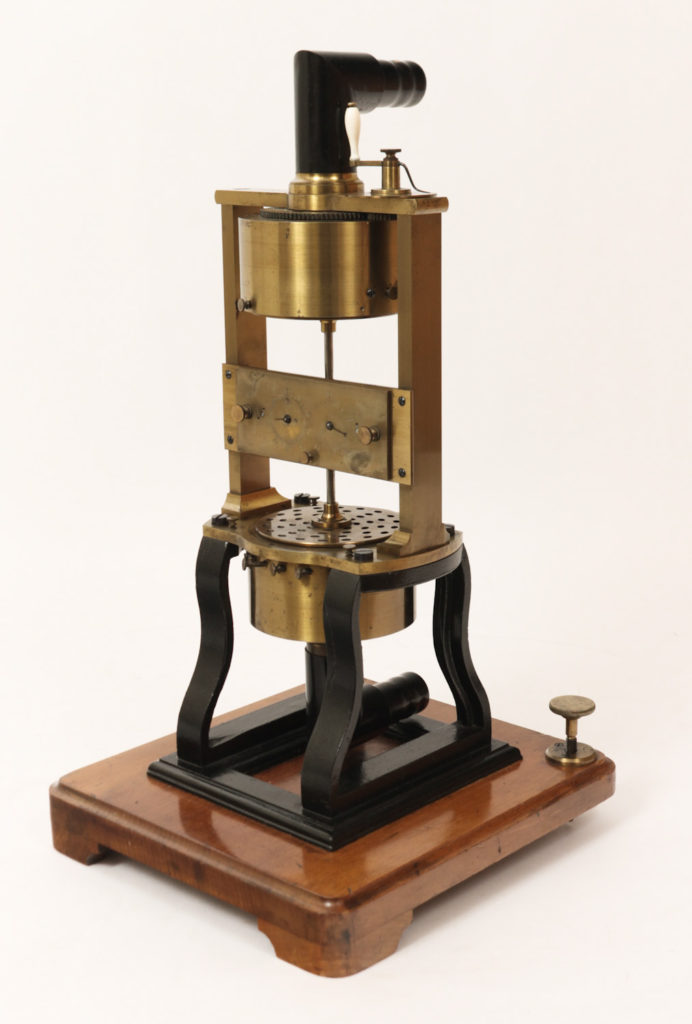
Double Siren Artefacts
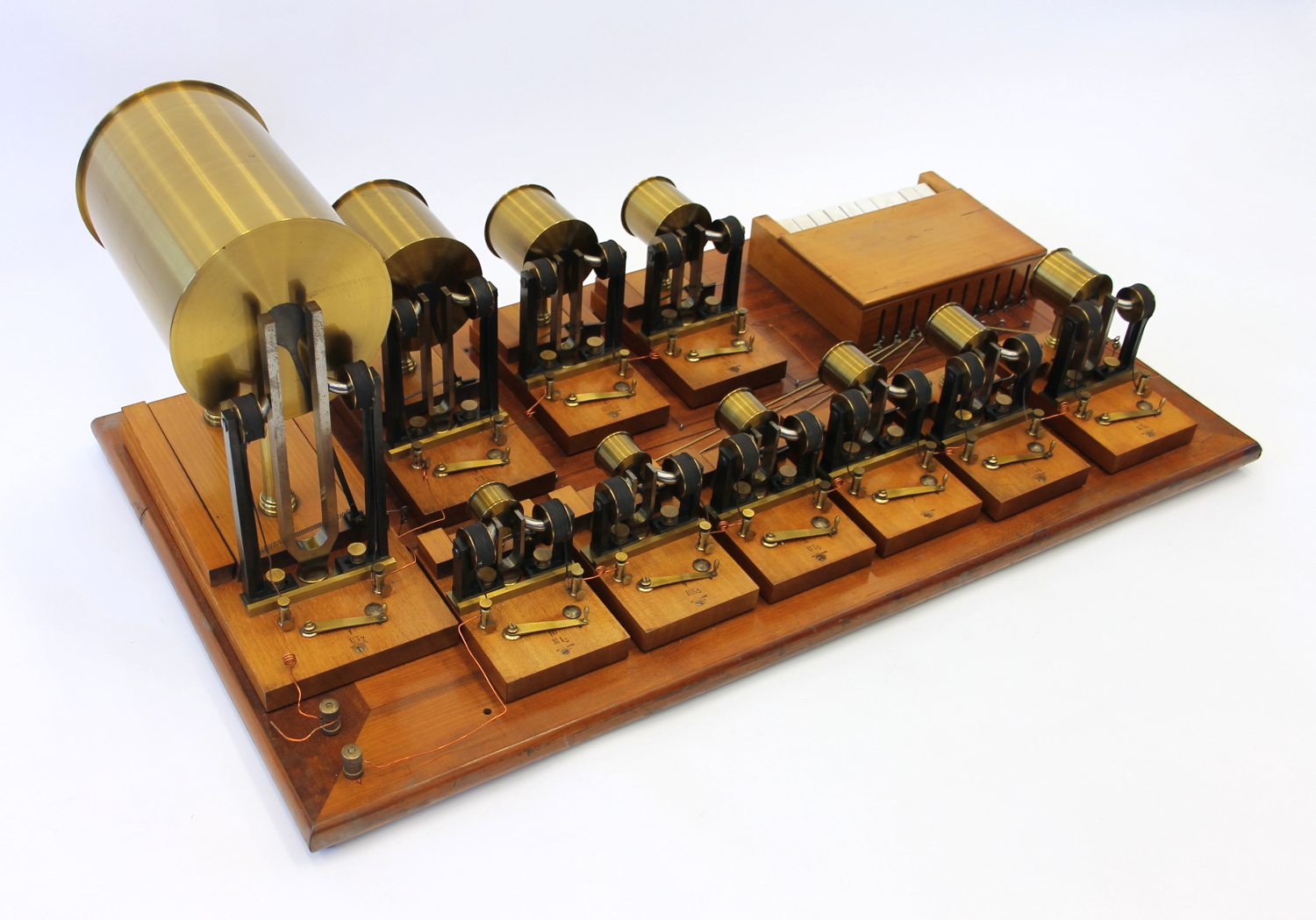
Helmholtz Synthesizer Artefacts

Set of 8 Large Demonstration Tuning Forks Artefacts
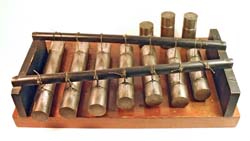
Tonometer Artefacts
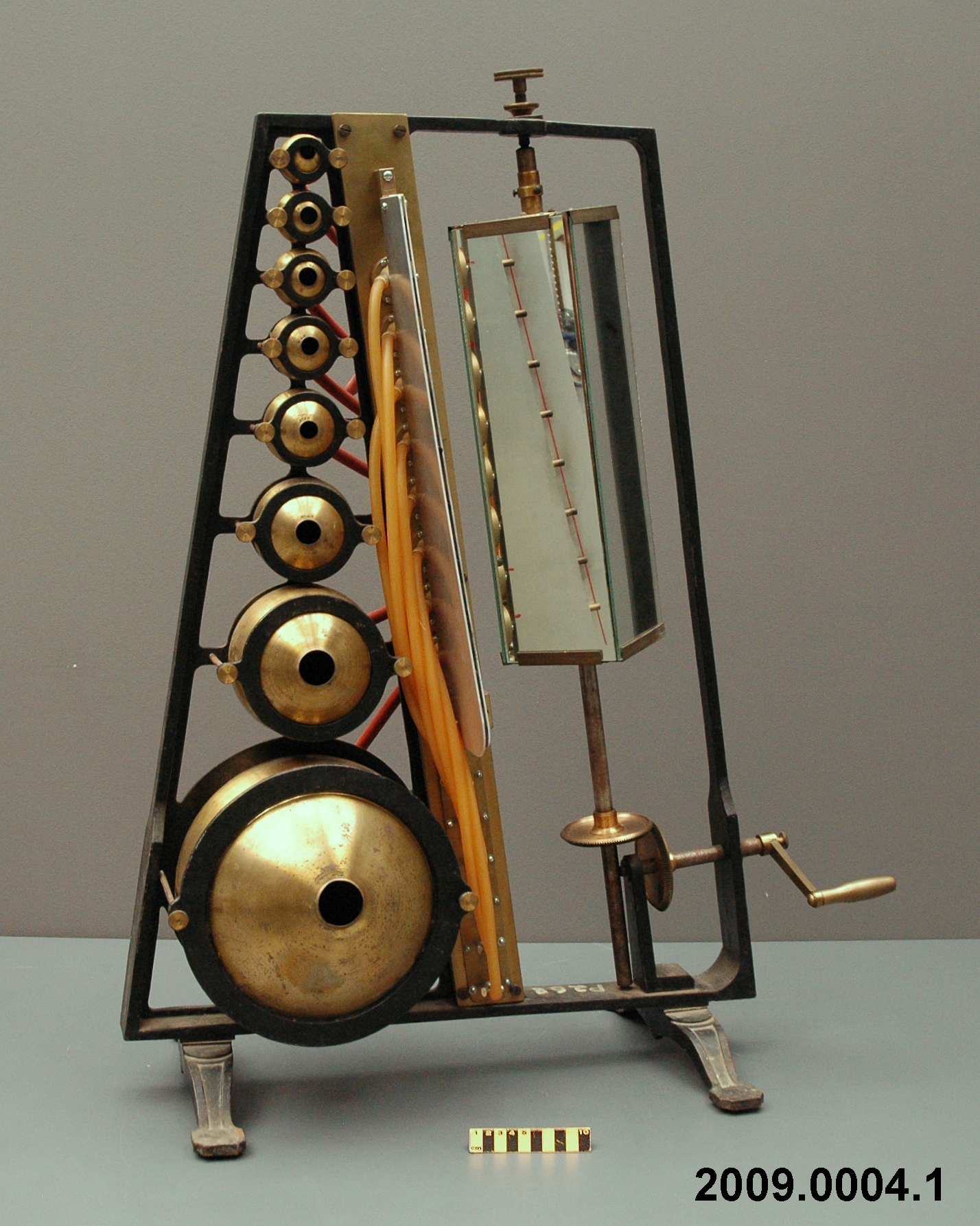
Koenig Sound Analyser Artefacts
Rudolph Koenig
Karl Rudolph Koenig (also known as Rudolf Koenig or König) studied at the University of Königsberg. In about 1852, he moved to Paris and joined the workshop of famous violin-maker Jean Baptiste Vuillaume. In his leisure time, Koenig attended public lectures and studied mechanics, becoming increasingly interested in acoustics research. After six years of apprenticeship with Vuillaume, Koenig became a master violin-maker, but his own new business was a workshop for acoustic apparatus. The instruments and acoustic devices that Koenig constructed acquired a high reputation among physicists and were exhibited widely. Koenig’s intensive research on tuning forks, on which he spent years of his life, ultimately led to the development of the tuning fork as a reliable instrument for scientists.
In 1868, Koenig was awarded an honorary doctorate by the University of Königsberg. In 1882, he traveled to the United States and Canada to give a series of public lectures. Koenig published various studies on acoustics as well as the catalogues of his apparatus. Among Koenig’s most important inventions were his manometric flame apparatus, which made it possible to visualize sound waves, a sound analyzer, and a vibration microscope. His theoretical publications included work on the production of high frequencies, the Doppler effect, and Helmholtz’s theory of beats and combination tones.
© 2015 – 2025 Humboldt-Universität zu Berlin


